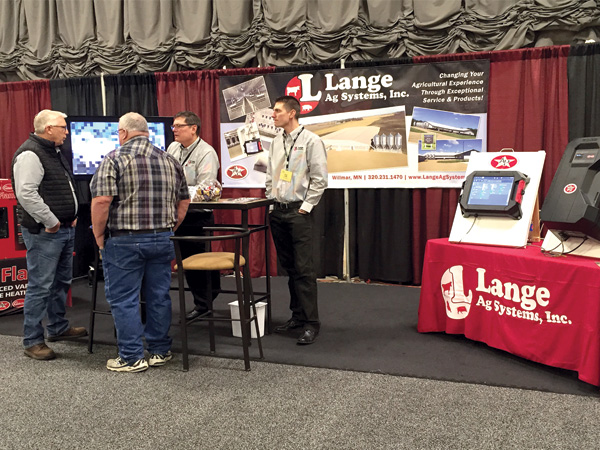South Dakota Pork Congress
Sioux Falls Ramkota Hotel & Exhibit Hall • Sioux Falls, SD
Wednesday, January 15th (Set up 7:00am-9:30am; Trade show hours 9:30am-4:30pm)
Thursday, January 16th (Trade show hours 9:00am-2:00pm)
Minnesota Pork Congress
Mayo Clinic Health System Event Center • Mankato, MN
Tuesday, February 11th (Trade show hours 9:00am-5:00pm)
Wednesday, February 12th (Trade show hours 9:00am-2:00pm)
Central Plains Dairy Expo
Sanford Premier Center • Sioux Falls, SD
Wednesday, March 26th (Trade show hours 8:30pm-5:30pm)
Thursday March 27th (Trade show hours 8:00am-3:00pm)

